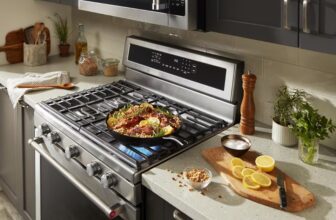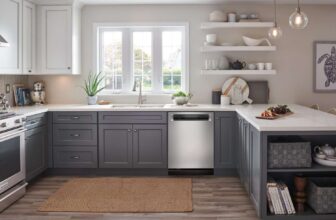Is It Time for a New Kitchen? Signs You Shouldn’t Ignore
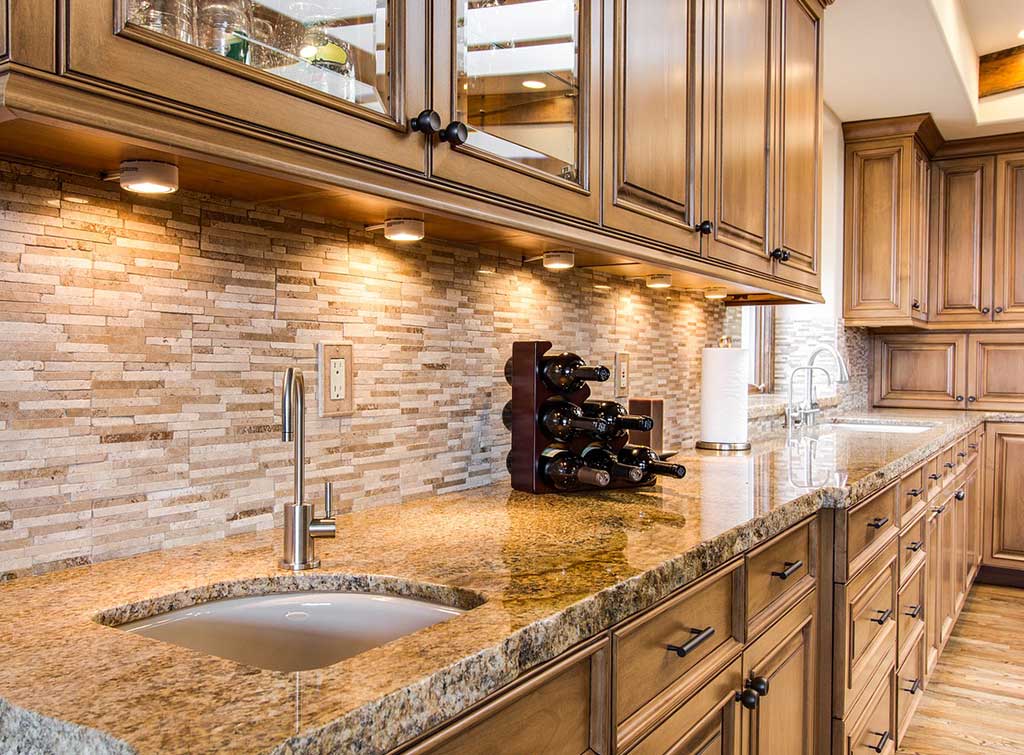
Stepping into a kitchen that feels outdated or cluttered can evoke a sense of discomfort and frustration. This vital space, where memories are crafted over shared meals, should reflect both functionality and style. As families grow and lifestyles change, it’s essential to ask, Is It Time for a New Kitchen?
The thought of remodeling may seem daunting, yet it can lead to a remarkable transformation that enhances not only daily living but also overall home value. Recognizing the signs that it might be time for the upgrades is the first step toward creating a modern design that you truly love.
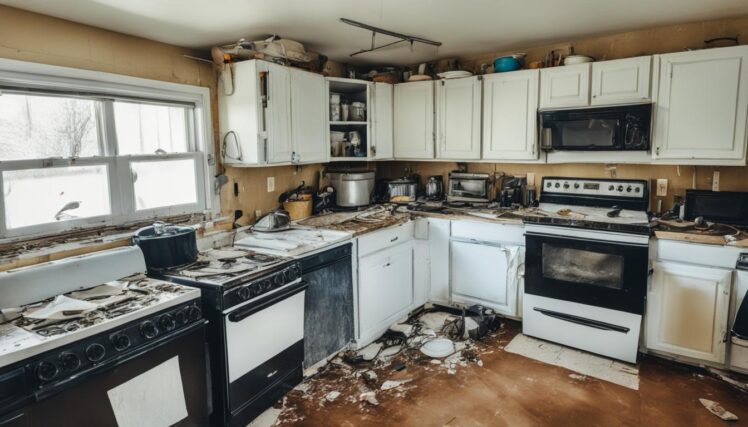
Key Takeaways
- Understand the indicators that suggest a kitchen transformation is necessary.
- Recognize the impact of modern design on home value.
- Evaluate functionality issues as a signal for remodeling.
- Acknowledge outdated appliances and aesthetics as a reason for the upgrades.
- Consider your family’s changing needs when assessing kitchen requirements.
Recognizing the Need for a Makeover
Identifying the right moment for a kitchen remodeling can significantly transform a living space. Homeowners often overlook the subtle yet telling signs for kitchen improvement that indicate a need for change. Whether it’s worn-out appliances or insufficient storage, awareness of these elements can lead to a refreshing makeover.
Signs Indicating It’s Time for Change
Visible wear and tear are clear indicators that a kitchen may need an upgrade. Common signs include:
- Outdated cabinets that detract from the kitchen’s appeal.
- Appliances that malfunction or no longer suit modern needs.
- A lack of adequate storage, making organization difficult.
- A design that fails to meet the needs of a growing family.
- An increase in entertaining that highlights the kitchen’s limitations.
Changes in lifestyle, such as welcoming new family members or adapting to different cooking styles, can intensify these signs. Recognizing these evolving needs is essential in evaluating how well the current kitchen serves the household.
Understanding the Limitations
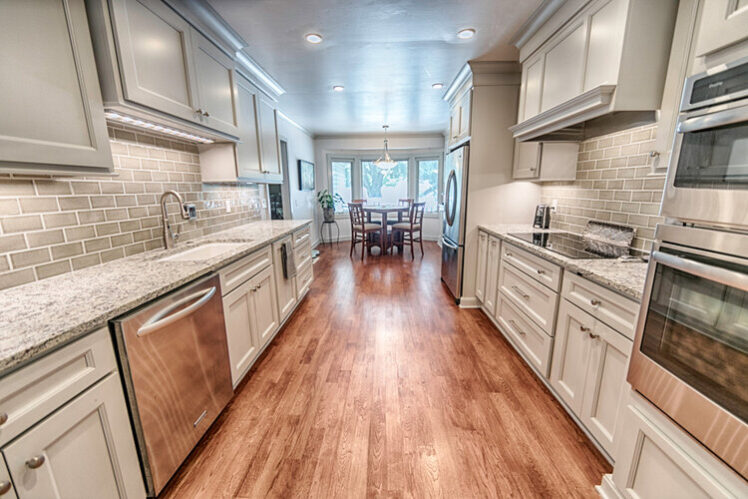
Source: toulmincabinetry.com
Kitchen limitations can often hinder efficiency and functionality. Key factors to consider include:
| Aspect | Potential Limitation | Impact on Cooking Experience |
| Counter Space | Insufficient area for meal prep | Increased frustration during cooking |
| Layout | Poorly designed flow | Time-consuming movements between stations |
| Lighting | Inadequate or outdated fixtures | Difficulty in seeing while cooking |
| Storage Options | Lack of cabinets or pantry space | Clutter and disorganization |
These limitations can hinder daily tasks and diminish the enjoyment of cooking. Recognizing these restrictions enables homeowners to consider timely renovations that can vastly improve their kitchen experience.
https://youtube.com/watch?v=l0Fvhv95ygo
Common Mistakes to Avoid in Renovation
Embarking on improvement projects can be an exciting endeavor, yet several common renovation mistakes can derail even the best intentions. A thoughtful approach to planning a remodel significantly enhances the likelihood of successful outcomes. Understanding the importance of effective planning and careful budgeting can lead to a stunning transformation without unforeseen complications.
Planning Your Remodel Effectively
Effective planning serves as the backbone of any kitchen renovation project. Homeowners must begin with a clear vision that reflects their needs and lifestyle. Creating a detailed inventory of the current kitchen functionality assists in optimizing layout and design. Considering working with professionals can streamline this process, ensuring that every aspect of the renovation aligns with practical needs and aesthetic desires. Key steps include:
- Assessing existing space and functionality.
- Determining must-have features and upgrades.
- Creating a layout that maximizes usability.
- Consulting with designers or contractors for expert insights.
Budgeting for the Improvements
Budgeting for kitchen renovations proves critical in avoiding stress and disappointment. Without a solid financial plan, it becomes easy to overspend or compromise essential elements of the kitchen. Developing a realistic budget involves considering both direct costs and potential unforeseen expenses. Important factors include:
- Materials and finishes: selecting high-quality options can influence both aesthetics and durability.
- Labor costs: understanding hourly rates can assist in planning for contractor expenses.
- Permits and inspections: ensuring compliance with local regulations can result in additional costs.
- Contingency fund: setting aside a portion of the budget for unexpected costs can be a lifesaver.
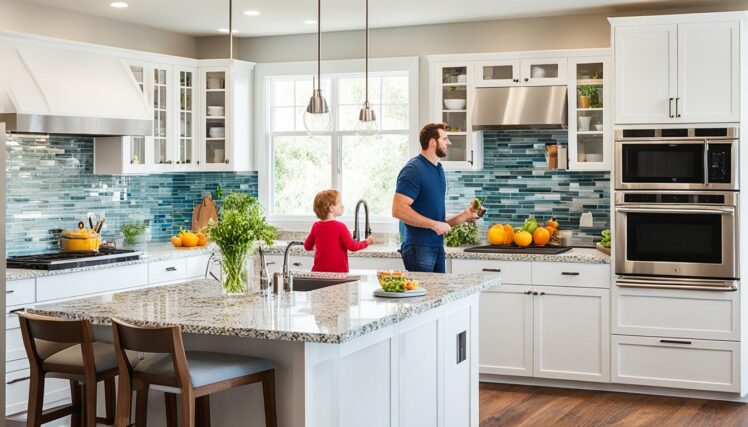
Is It Time for a New Kitchen? Recognizing Key Indicators
Observing key indicators can guide homeowners toward a fresh kitchen facelift. Visual deterioration often signifies the pressing need for change, prompting exploration into effective kitchen storage solutions. Understanding these signs can enhance both functionality and aesthetics in the heart of the home.
Visual Signs of Wear and Tear
Wear and tear often reveals itself in several unmistakable ways. Homeowners may start to notice:
- Peeling paint on cabinets and walls
- Damaged countertops that no longer fulfill their purpose
- Worn-out flooring that detracts from overall appeal
These physical indicators diminish the kitchen’s inviting ambiance, suggesting a pressing need for a kitchen facelift. Outdated appliances can further contribute to inefficiency, both in functionality and energy consumption. Recognizing these kitchen transformation indicators is crucial in making informed renovation decisions.
Decluttering and Storage Needs
As families grow or lifestyles change, the balance of space and storage becomes crucial. Insufficient storage options can lead to clutter, making the kitchen feel chaotic and less functional. Some effective kitchen storage solutions include:
- Installing pull-out shelves
- Utilizing vertical space with shelves or cabinets
- Incorporating multi-functional furniture, such as an island with storage
Assessing these needs lays the groundwork for a successful kitchen transformation, catering to both aesthetic preferences and daily functionality.
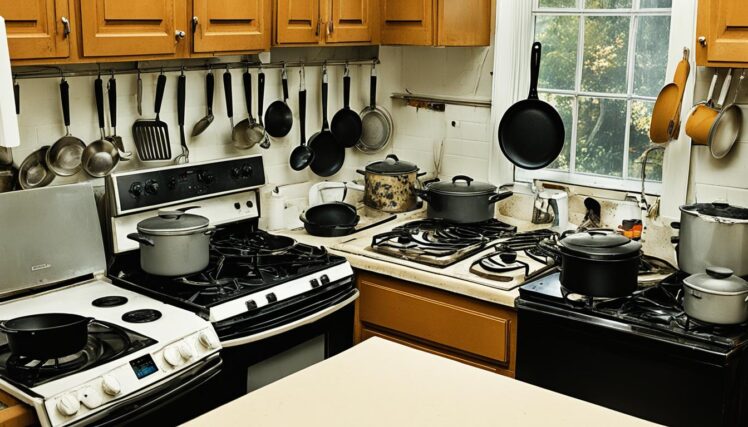
Conclusion
Determining if it is time for a new kitchen requires careful consideration of both aesthetic and functional aspects of the space. Homeowners should be vigilant about signs of wear and recognize the evolving needs of their household. Kitchen upgrades are not only about replacing outdated surfaces or appliances; they also involve enhancing the cooking experience while improving overall aesthetics.
Understanding the indicators for a kitchen design overhaul can empower individuals to take the next steps in their remodeling journey. A well-planned remodeling project can dramatically enhance livability and significantly elevate the value of a home. This process invites creativity and practicality to mold a kitchen that aligns with one’s lifestyle.
Ultimately, embarking on a transformation journey is an exciting opportunity for homeowners to create a space that reflects their personal style and meets their functional requirements. By keeping an eye on the telltale signs, they can confidently initiate the changes necessary for a more beautiful and functional kitchen.


